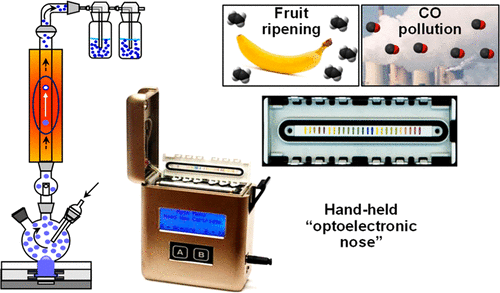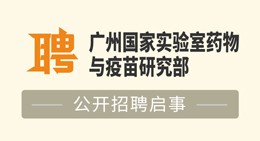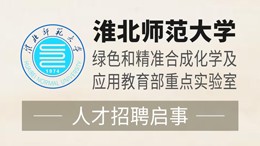当前位置:
X-MOL 学术
›
Anal. Chem.
›
论文详情
Our official English website, www.x-mol.net, welcomes your feedback! (Note: you will need to create a separate account there.)
Colorimetric Sensor Array for Monitoring CO and Ethylene.
Analytical Chemistry ( IF 6.7 ) Pub Date : 2018-12-14 00:00:00 , DOI: 10.1021/acs.analchem.8b04321 Zheng Li 1 , Kenneth S Suslick 1
Analytical Chemistry ( IF 6.7 ) Pub Date : 2018-12-14 00:00:00 , DOI: 10.1021/acs.analchem.8b04321 Zheng Li 1 , Kenneth S Suslick 1
Affiliation

|
Developing miniaturized and inexpensive detectors remains an important and practical goal for field-deployable monitoring of toxic gases and other bioactive volatiles. CO (a common toxic pollutant) and ethylene (the phytohormone primarily responsible for fruit ripening) share the capability of strong back-π-bonding to low-oxidation-state metal ions, which has proved important in the development of metal-ion-based sensors for these gases. We report herein cumulative colorimetric sensor arrays based on Pd(II)-silica porous microsphere sensors and their application as an optoelectronic nose for rapid colorimetric quantification of airborne CO and ethylene. Quantitative analysis of two gases was obtained in the range of 0.5 to 50 ppm with detection limits at the sub-parts-per-million level (∼0.4 ppm) after 2 min of exposure and ∼0.2 ppm after 20 min (i.e., <0.5% of the permissible exposure limit for CO and <10% of the ethylene concentration needed for fruit ripening). We further validate that common potential interfering agents (e.g., changes in humidity or other similar air pollutants such as NOx, SO2, H2S, or acetylene) are not misidentified with CO or ethylene. Finally, the sensor is successfully used for the quantification of ethylene emitted from ripening bananas, demonstrating its potential applications in the monitoring of fruit ripening during storage.
中文翻译:

用于监测CO和乙烯的比色传感器阵列。
开发小型且廉价的检测器仍然是可现场部署的有毒气体和其他生物活性挥发物监测的重要和实际目标。CO(一种常见的有毒污染物)和乙烯(主要负责果实成熟的植物激素)具有与低氧化态金属离子牢固的反向π键结合的能力,这在开发基于金属离子的金属离子中被证明很重要这些气体的传感器。我们在此报告基于Pd(II)-二氧化硅多孔微球传感器的累积比色传感器阵列及其作为机载CO和乙烯的快速比色定量的光电鼻的应用。两种气体的定量分析在0.5至50 ppm范围内进行,暴露2分钟和约0分钟后,检出限为百万分之几(约0.4 ppm)。20分钟后2 ppm(即,<允许的CO暴露极限的0.5%和<<果实成熟所需的乙烯浓度的<10%)。我们进一步验证了常见的潜在干扰剂(例如,湿度变化或其他类似空气污染物,例如NO(x,SO 2,H 2 S或乙炔)不会误认为是CO或乙烯。最终,该传感器成功地用于定量从成熟香蕉中释放出的乙烯,证明了其在存储过程中监测水果成熟中的潜在应用。
更新日期:2018-12-14
中文翻译:

用于监测CO和乙烯的比色传感器阵列。
开发小型且廉价的检测器仍然是可现场部署的有毒气体和其他生物活性挥发物监测的重要和实际目标。CO(一种常见的有毒污染物)和乙烯(主要负责果实成熟的植物激素)具有与低氧化态金属离子牢固的反向π键结合的能力,这在开发基于金属离子的金属离子中被证明很重要这些气体的传感器。我们在此报告基于Pd(II)-二氧化硅多孔微球传感器的累积比色传感器阵列及其作为机载CO和乙烯的快速比色定量的光电鼻的应用。两种气体的定量分析在0.5至50 ppm范围内进行,暴露2分钟和约0分钟后,检出限为百万分之几(约0.4 ppm)。20分钟后2 ppm(即,<允许的CO暴露极限的0.5%和<<果实成熟所需的乙烯浓度的<10%)。我们进一步验证了常见的潜在干扰剂(例如,湿度变化或其他类似空气污染物,例如NO(x,SO 2,H 2 S或乙炔)不会误认为是CO或乙烯。最终,该传感器成功地用于定量从成熟香蕉中释放出的乙烯,证明了其在存储过程中监测水果成熟中的潜在应用。






































 京公网安备 11010802027423号
京公网安备 11010802027423号